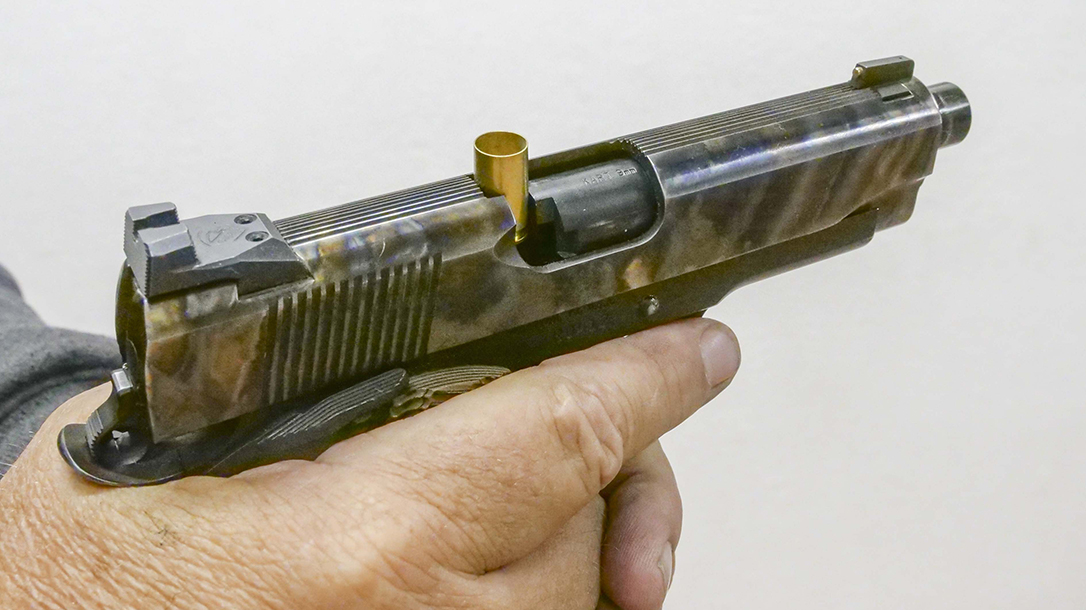Even the most “reliable” handgun can fail or experience a malfunction. More often than not, pistol malfunctions are not shooter induced. Types of malfunctions range from cleaning and maintenance to loading and/or inserting the magazine improperly and poor grip placement.
Clear You Pistol Malfunctions Fast and Get Back into the Fight
Your first thought when a malfunction occurs should be, “what am I doing to cause this?” Once certain it’s not you, then look at mechanical issues.
Diagnosing pistol malfunctions is for repair purposes and should not be part of your malfunction clearing protocol. Do not pattern “identification” into your routine for malfunction clearing, just fix it and move on.
Advertisement — Continue Reading Below
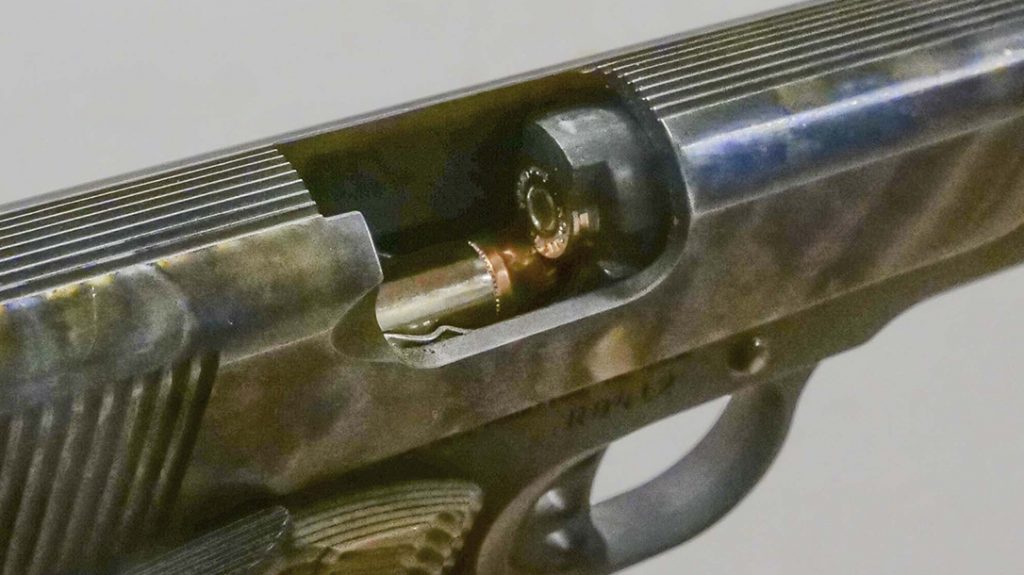
If a malfunction is experienced during training use your standard routine to get back in the fight, then look at diagnosis. There is a clear delineation between “running” your gun and fixing it — don’t mix them up.
Pistol malfunctions generally fit into three categories:
Advertisement — Continue Reading Below
- Failures to extract include stovepipes or brass sticking in the ejection port
- Double feeds are generally magazine issues — weak springs, dirt, worn followers, etc. can cause improper feeding from the magazine
- Failure to go into battery (or return the slide forward) is often a dirty or dry pistol but can be recoil springs
Everything else puts you out of the fight and needs bench work. Some call it “catastrophic.” Mostly it means the gun is not repairable short of a bench, tools and a gunsmith, all of which are probably absent in a fight.
1. Shooter Induced
The most common malfunction remains a failure to seat the magazine. Use the base of your palm pushing firmly until it locks in place. Pull on the magazine if you can, to determine if it is fully seated. Do not tap, whack, or punish the magazine.
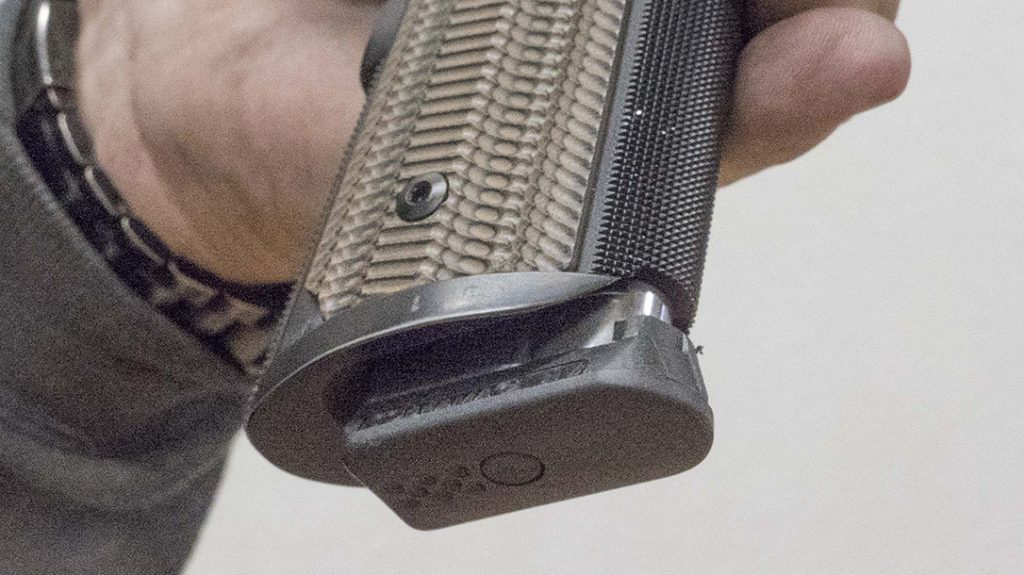
Advertisement — Continue Reading Below
If it will not seat with firm pressure, hammering it may cause more problems. If it still won’t seat, remove the magazine, push off one round and repeat. Never “overload” your magazines. If it says 12 rounds load 12; that extra room is there for a reason. It could damage the spring, causing failures to feed and may not seat no matter what you do.
Handguns today have the slide stop in different positions. If your slide locks to the rear prematurely or fails to lock open on the last round, think about your grip. You may be holding the slide stop down or pushing it up.
You can alter your grip or replace the slide stop. Don’t bend, grind or alter the one in your gun. Either change your grip or get one made for that purpose.
Advertisement — Continue Reading Below
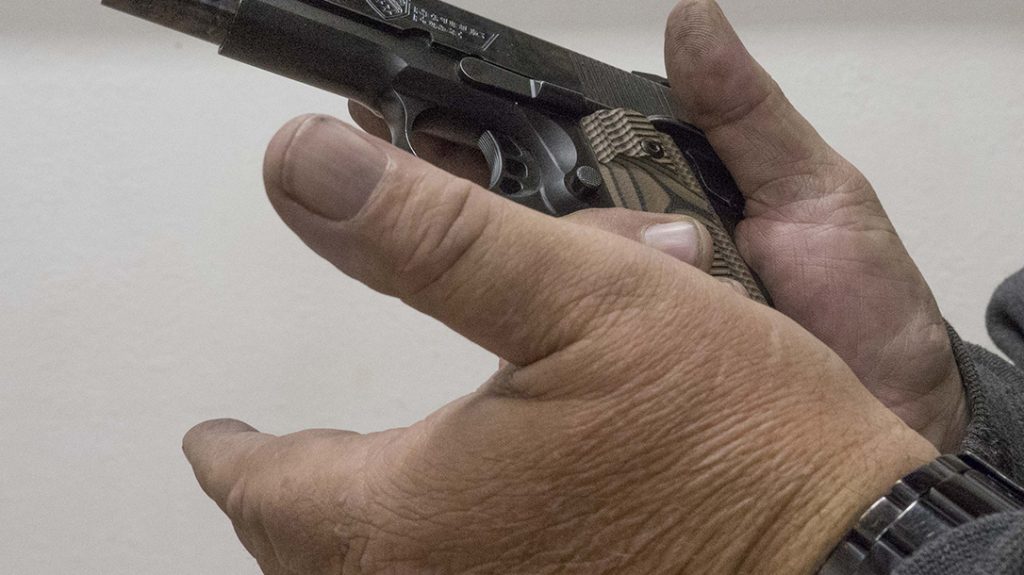
Carbon, dirt or lint buildup on or in your handgun may result in a failure to go into battery (locking forward). Proper slide movement and magazine operation are critical. Gumming up the works can cause serious issues, such as a failure to fire. If it won’t go into battery, it will not fire; so clean, maintain and oil your handguns.
2. Mechanical
Improperly maintained or worn magazines are the most common cause of double feeds. Use the best magazines you can get, keep them clean and check the springs periodically. Replace what parts you can, or the entire magazine, but keep them clean and maintained. Just dropping them on the range deck, dirt, snow or mud can cause problems, so check them frequently.
Advertisement — Continue Reading Below
When the slide fails to lock forward (go into battery,) it may be your recoil (or return) spring or assembly. Most have a designated “life” based on time or round count. Replace them using the manufacturer’s recommendations (or sooner).
Springs lose tension, or it may be the wrong tension. Bent or broken springs happen all the time. The more you shoot your pistol the more critical this is, and high-pressure ammunition accelerates the process.
3. Failures to Eject
Failures to eject are generally failures to extract the empty case. A dirty, worn or broken extractor will leave the brass stuck in the barrel or not eject it completely. It’s the most common cause of any malfunction leaving spent casings in the chamber or ejection port. Repair can be simple or require a gunsmith.
Advertisement — Continue Reading Below
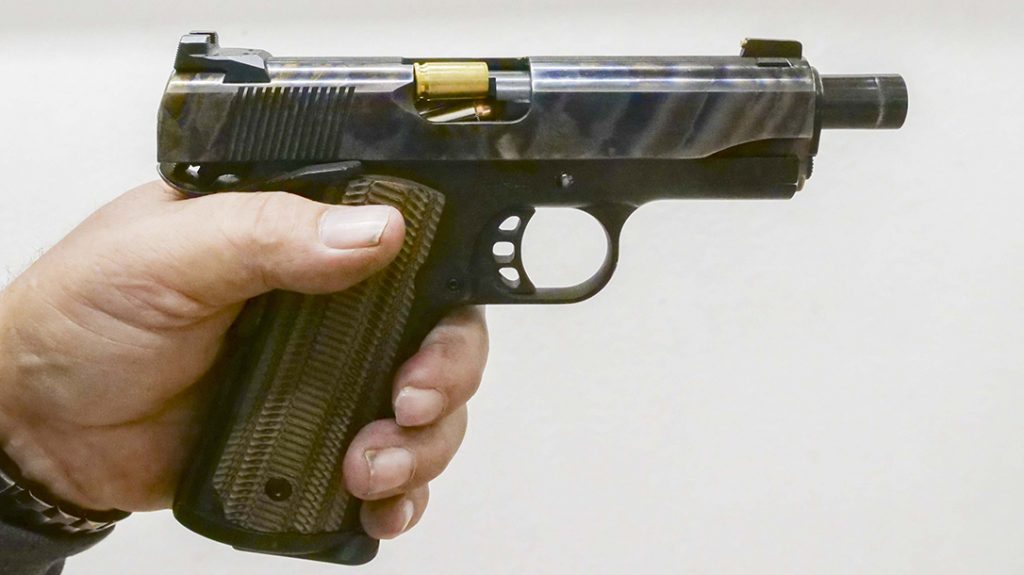
Make certain to visually inspect your extractor at every cleaning for wear, chips and proper tension. Watch your brass ejection pattern. If it is dribbling out the side, hitting you in the head or spraying all over the place, then it’s time to check your extractor.
More serious issues require diagnosis by a practiced gunsmith. Ejectors, barrel fit, strikers, internal workings — none will get fixed in a fight or on the range as a rule and fail much less frequently, requiring much less focus.
Advertisement — Continue Reading Below
4. Malfunction Clearance
Let’s start with a failure to go into battery; that used to put you out of the fight, not today. Return springs are lighter, so a dirty semi automatic pistol will often see this. During high-round count training, most of my striker-fired handguns will do this.
Keeping the weapon pointed in a safe direction, trigger finger clear, use the palm edge of your off-hand to “tap” the back of the slide. It should snap into battery. If not, move on to the methods below.
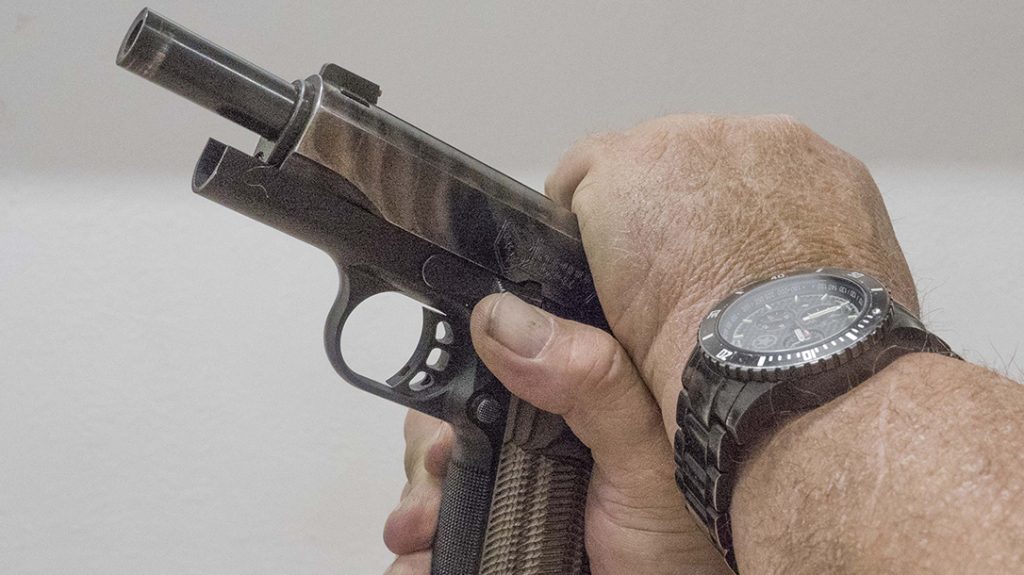
Advertisement — Continue Reading Below
Only two pistol malfunctions (Type 1 and 2) are fixable in a fight with two methods used to clear them. Performed in order, they fix most things. Anything worse (Type 3) and it’s bench time. You can tap, rack, slam, tackle and tickle all you want, and it won’t work. It’s a good time for gun No. 2 or plan B.
If pulling the trigger does not yield proper results, it’s likely a failure to seat the magazine or failure to eject.
For a Type 1 clearance, first seat the magazine, press firmly, and pull down if you can. Second, rack the slide making sure NOT to cover the ejection port. Then get back on target and do what needs to be done, or not done.
5. If that does not work move directly to the Type 2 clearance:
- Step No. 1: Lock the slide to the rear.
- Step No. 2: Remove the magazine. I suggest retaining it since it may be your only magazine.
- Step No. 3: Run the slide once, twice, maybe three times — that usually does the trick. But clear everything out of the chamber.
- Step No. 4: Insert and seat your magazine, run the slide (loading your gun) and get back on target.
Pistol Malfunctions: Bottom Line
You can avoid most of this easily, use a gun that works. Clean it, maintain it, practice often. It’s not 100 percent but avoids most issues. Simple failures are fixed by seating the magazine and running the slide. If not, unloading, clearing and reloading will fix the rest. Practice so you seamlessly move from one to the other. Dry practice is great for this.
Most of us carry one gun, so keeping it running in a fight is critical and these methods for clearing pistol malfunctions should get that done most of the time, and that’s about as good as it gets.
